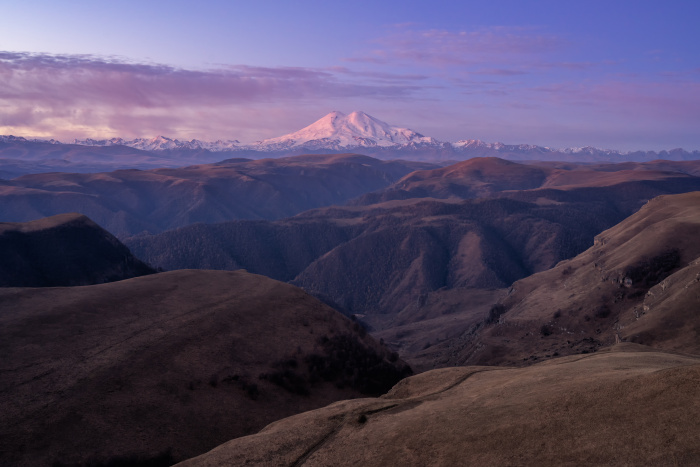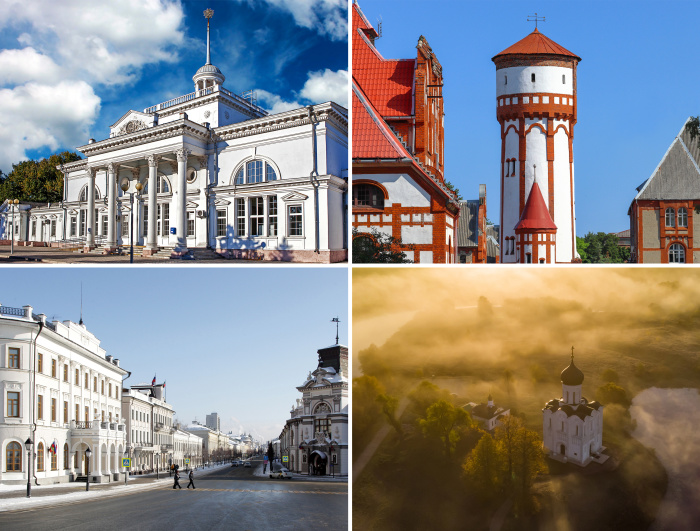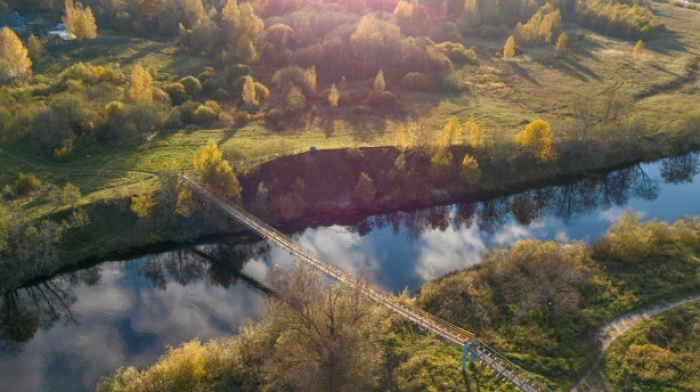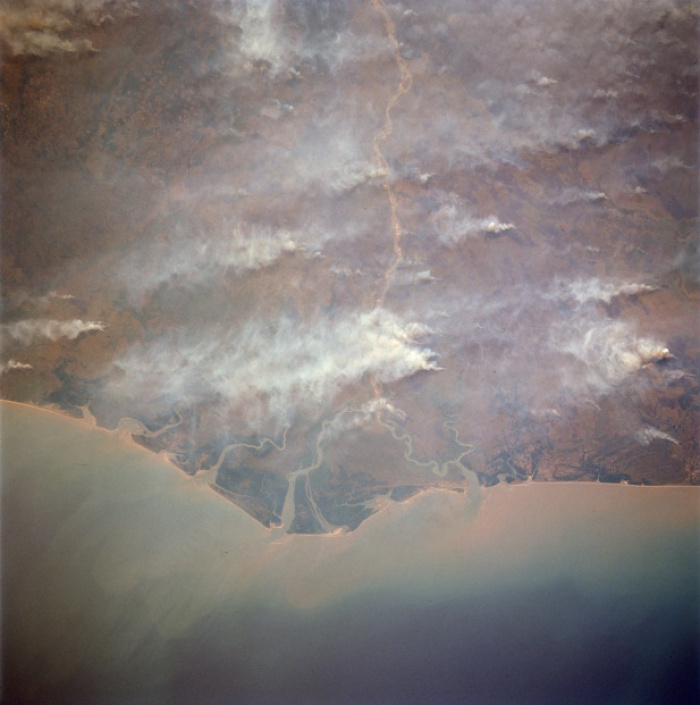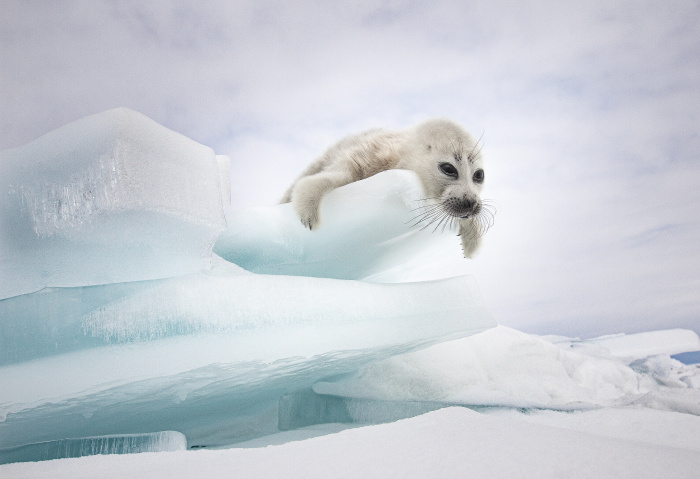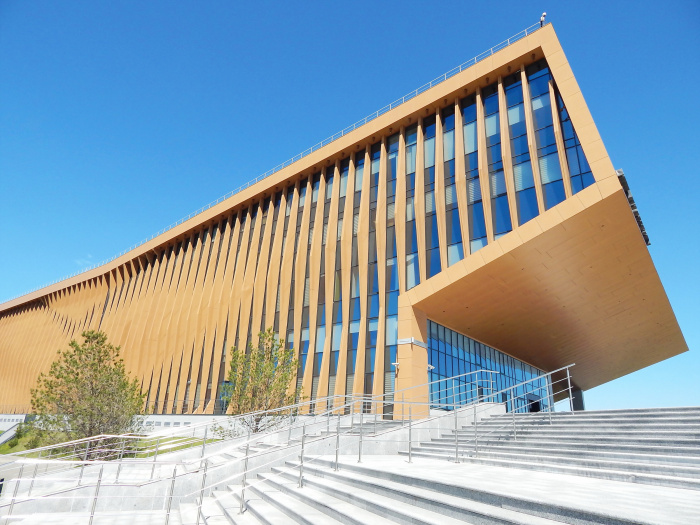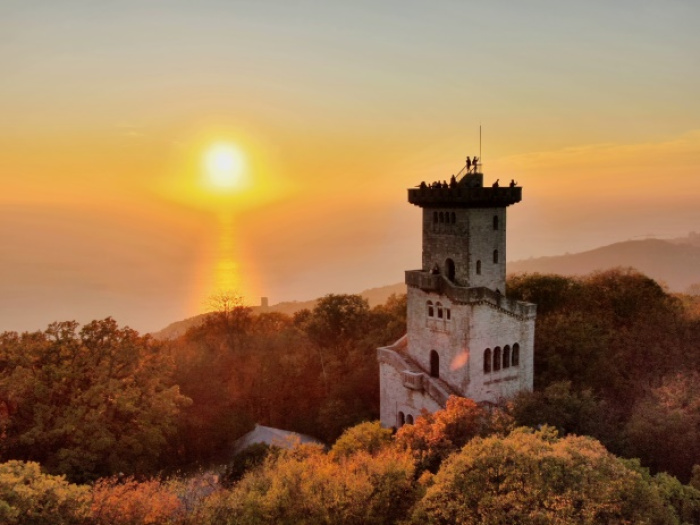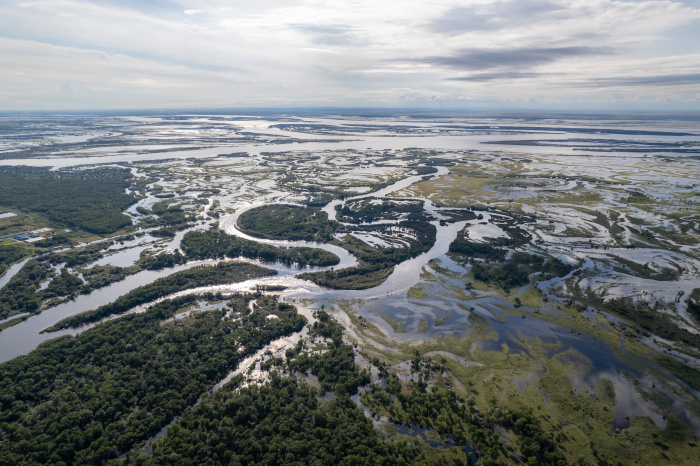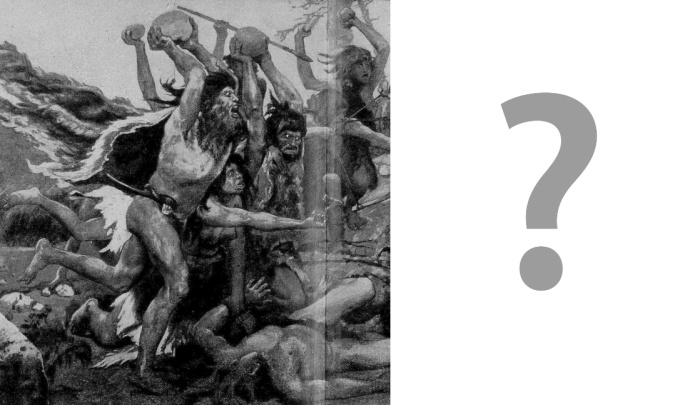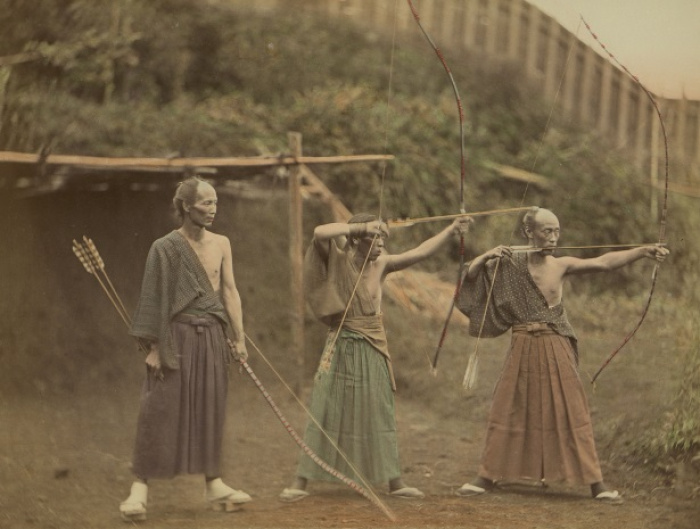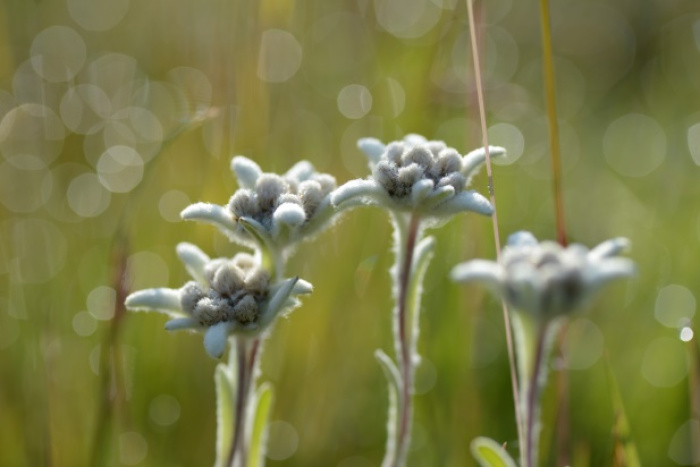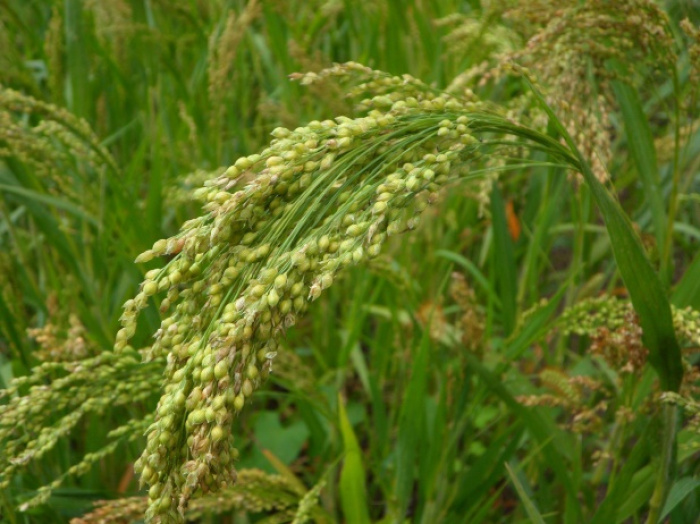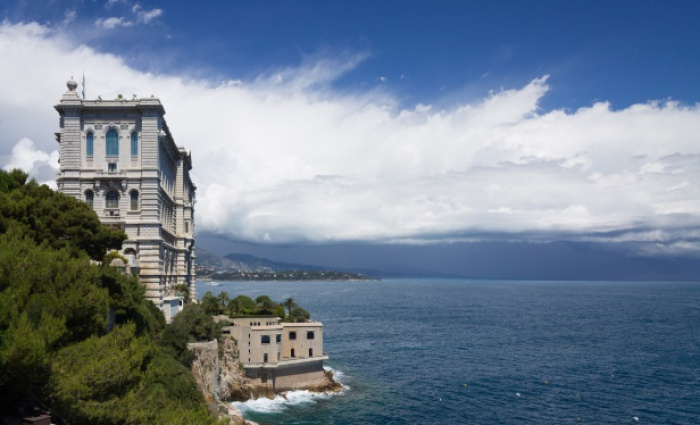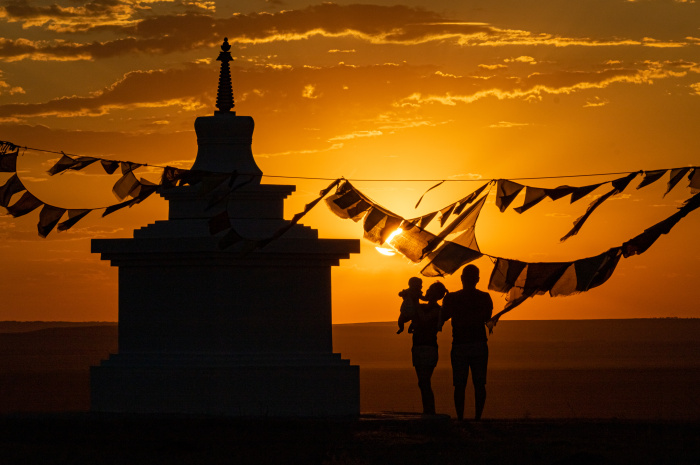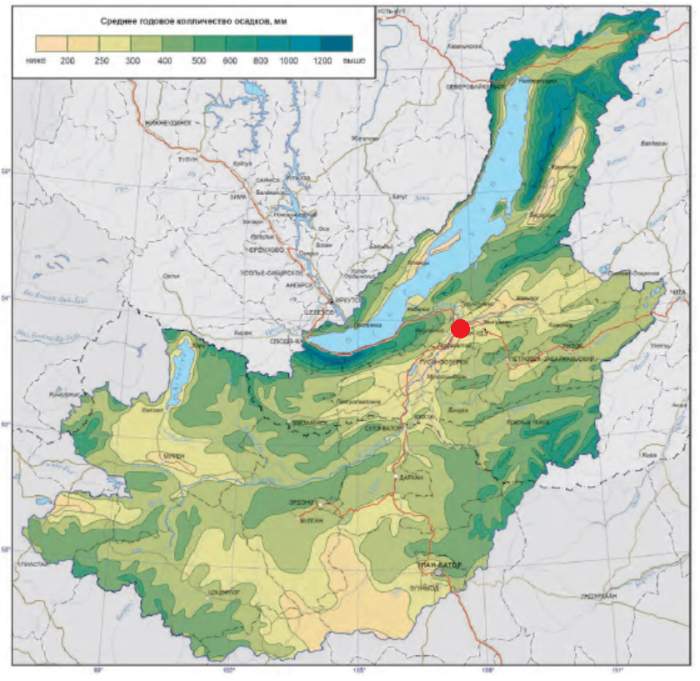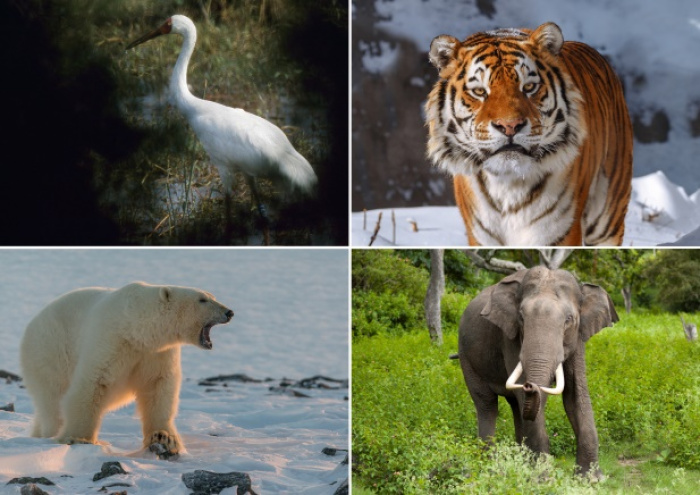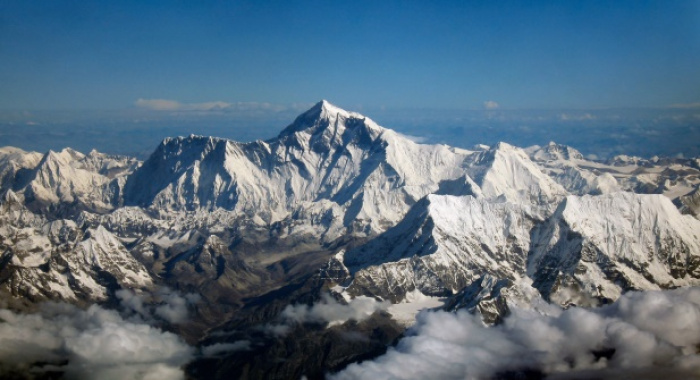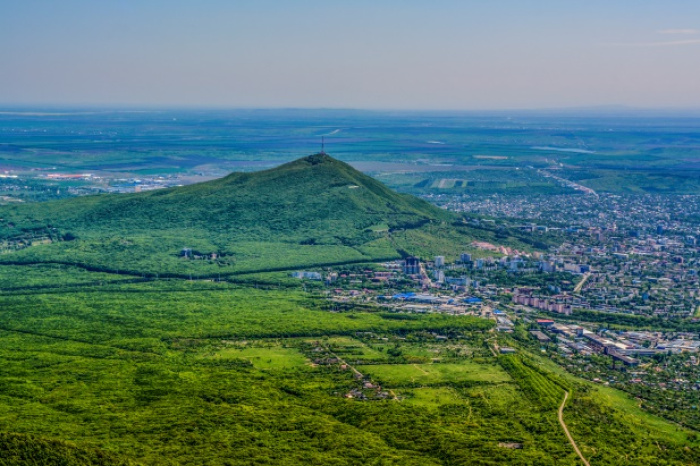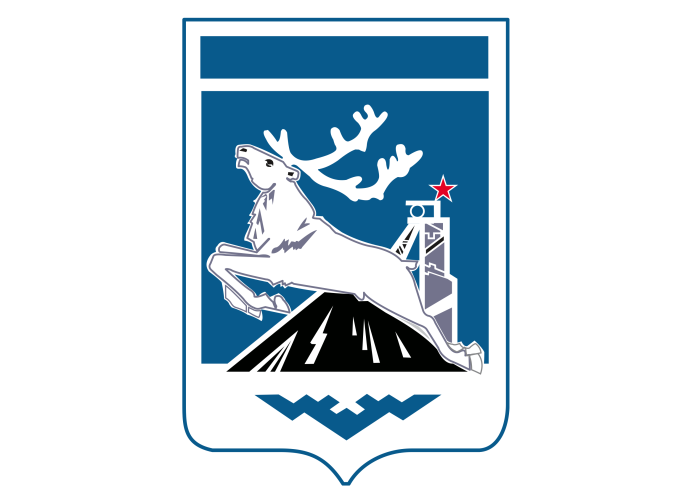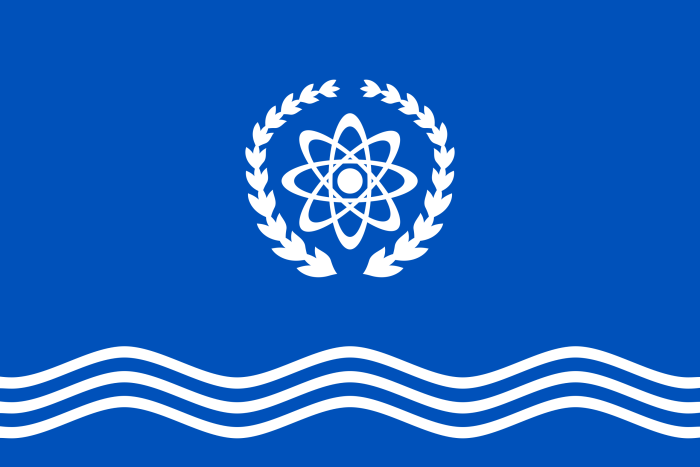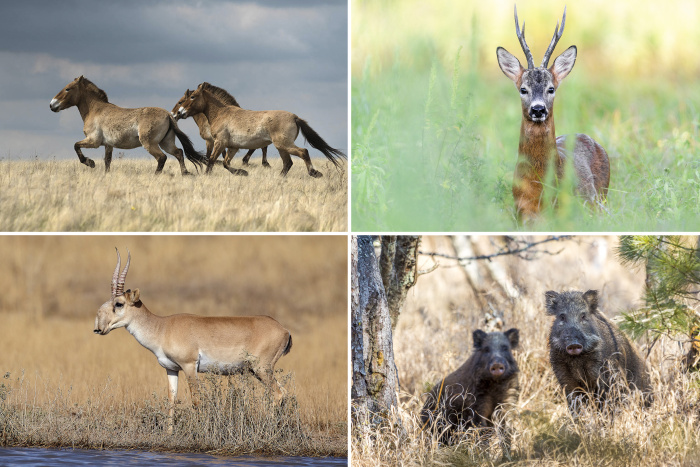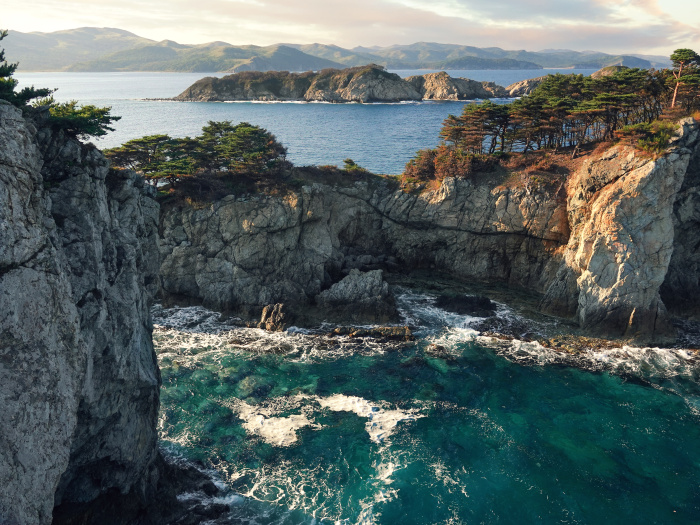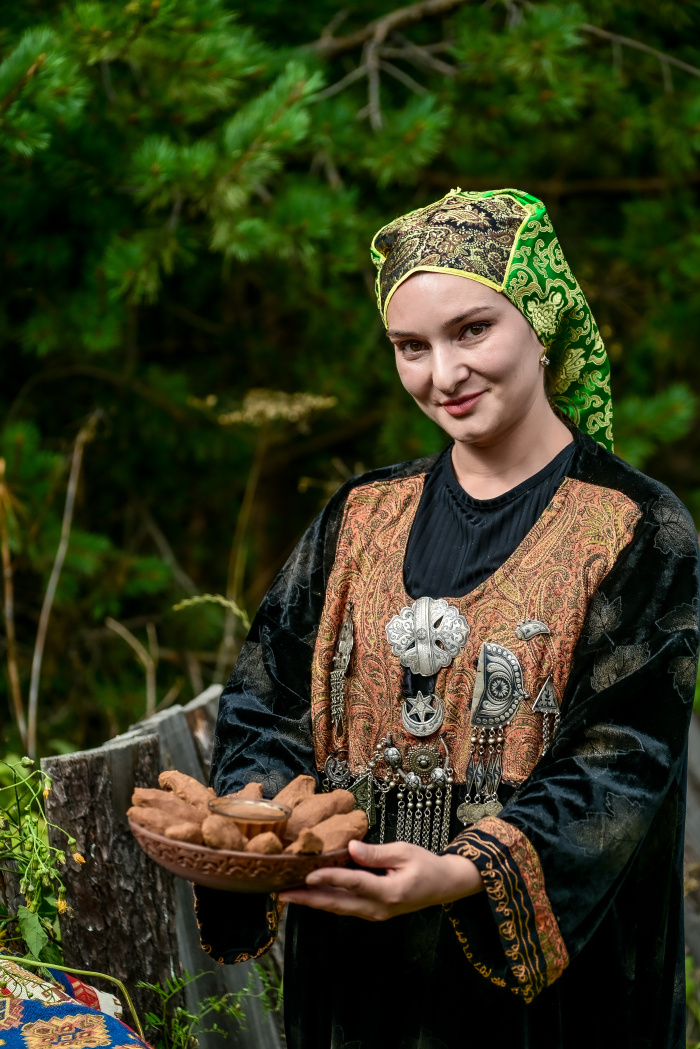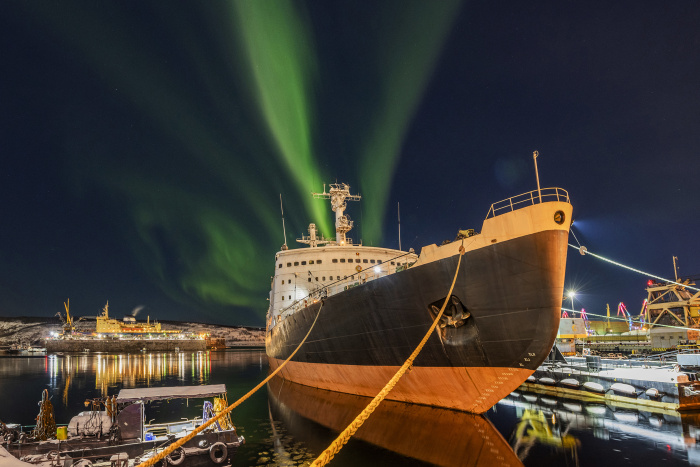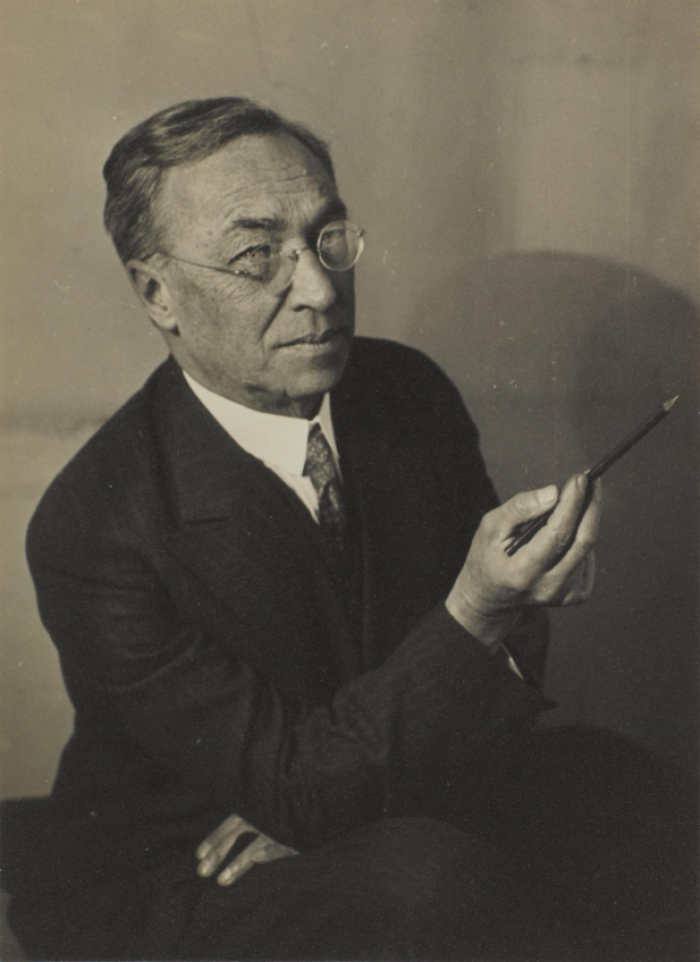English version
Part 1
Photo: Yulia Maltseva
Question provided by Russian Post, the national postal operator of Russia
1. What is the highest point in Russia where the mailbox is located and from where you can send a letter or a postcard to your loved ones?
A) Ostankino TV Tower (Moscow);
B) Slope of Mount Elbrus (Caucasus);
C) Rosa Khutor ski resort (Sochi);
D) Slope of Mount Kazbek (Caucasus).
Answer: B) Slope of Mount Elbrus (Caucasus)
Photo: Andrey Petrosyan, Adriana Romanova, Alexey Nasyrov, Igor Dmitriev
Question Author: Ksenia Romashkina
2. What object, part of the architecture of many Russian cities, can almost always replace the compass, if one needs to find cardinal directions?
A) Railway station; B) Water tower; C) City Hall building; D) Orthodox Church.
Answer: D) Orthodox Church
Photo: Sergey Farenyuk
3. There are approximately 2.9 million small and large rivers and more than 2.7 million lakes in Russia, which makes it the second country with largest freshwater reserves in the world after Brazil. Rivers of Russia belong to the basins of three oceans. Find the odd one out from the following:
A) Arctic; B) Pacific; C) Indian; D) Atlantic.
Answer: C) Indian
Photo: Sergey Kozlov
Question Author: Irina Subbotina-Vasilieva
4. Illustrious Russian writer Mikhail Prishvin described this phenomenon in one of his works as follows: ‘The sun has almost faded. I am looking at it now, and it doesn't hurt my eyes at all. A big red dead disk. Sometimes the living ray will only stir, revolt, but immediately it will be extinguished… I see the same dead red circles everywhere on the black rocks’. What phenomenon did he refer to?
A) Polar night; B) Northern lights; C) Midnight sun; D) Before a thunderstorm.
Answer: C) Midnight sun
Photo: wikipedia.org/ Image Science and Analysis Laboratory, NASA-Johnson Space Center
Question provided by the Geographical Faculty of the Eduardo Mondlane University (Mozambique)
5. Africa has always attracted Russian researchers. In the XIX-XX centuries, Russian specialists studied the culture and life of the population of the African continent, local flora and fauna, as well as water resources. Major rivers in Africa are perennial, that is, they have a permanent flowing of water throughout the year, although the level fluctuates. Which following pair of rivers is located in Africa?
A)The Nile and the Amazon;
B) The Zambezi and the Congo;
C) The Amazon and the Yellow River;
D) The Nile and the Yangtze.
Answer: B) The Zambezi and the Congo
Question provided by NOVATEK, Russian natural gas producer, the author of the question: Alexey Shimansky
6. Baron Münchhausen said that while visiting the North Pole, in addition to the famous polar bear hunt, he was able to throw a rock over yesterday, and after picking up speed, he could jump from today to yesterday. What did he cross?
A) The Arctic Circle;
B) International Reference Meridian;
C) International Date Line;
D) The Bering Strait.
Answer: C) International Date Line
Photo: Alexey Trofimov
Question provided by Rosatom State Nuclear Energy Corporation
7. Animals, including those listed in the Russian Red Book of Threatened Species, often tend to settle around nuclear power plants (NPP). For example, Baltic and Ladoga ringed seals regularly swim into the territory adjacent to the Leningrad NPP near Saint Petersburg. Where else in Russia does one of the world's three freshwater seal species live?
A) Issyk-Kul Lake; B) on the southern coast of Crimea; C) Lake Baikal; D) Volga River.
Answer: C) Lake Baikal
Photo: Dimitri Rezvov
Question provided by NOVATEK, Russian natural gas producer, the author of the question: Natalia Korsikova
8. On February 5, 2012, after 30 years of research, Russian scientists reached the largest subglacial lake on Earth by drilling. Where is it located?
A) Vladivostok; B) The Republic of Sakha (Yakutia); C) Antarctica; D) Ural region.
Answer: C) Antarctica
Photo: Alexey Nikitin
Question Author: Zukhra Tokbayeva
9. According to historical facts, this device was created back in 48 BCE in Athens. The device was made in the form of a figure of Triton, ancient Greek god. The height of this structure was 12 meters, with a diameter of 8 meters. However, the most common visual representation of this device is the image of a completely different animal. What meteorological instrument is meant here?
A) Anemometer; B) Weather vane (wind vane); C) Barometer; D) Hygrometer.
Answer: B) Weather vane (wind vane)
Photo: Elena Maslova
Question provided by Gazprom PJSC
10. This is the first Russian city built for information technology specialists. The city was literally created from scratch: all its infrastructure is built using advanced technologies, and the key energy resource is eco-friendly natural gas. What is the name of this city?
A) Sochi; B) Yekaterinburg; C) Innopolis; D) Vladivostok.
Answer: C) Innopolis
Part 2
Photo: Vadim Ushanev
1. The most ancient archaeological sites on the territory of this city date back to about 300 thousand years ago. At all times, here, in the humid subtropics on the seashore, it was comfortable to live, farm and engage in trade. The city itself was founded in 1838 and was named Fort Alexandria. The city received its current name only in 1896. Which city is it?
A) Saint Petersburg; B) Sochi; C) Moscow; D) Murmansk.
Answer: B) Sochi
Question Author: Olga Sharikova
2. On the emblem of the Republic of Karelia, located in the north-west of Russia, this creature is depicted standing on two legs. On the emblem of the Perm Region, it is standing on all four legs. The emblem of the Khabarovsk Krai in the Far East of Russia shows this animal seated, and the emblem of the Novgorod region depicts two of them, looking at each other. What kind of animal is it?
A) Seal; B) Bear; C) Gryphon; D) Falcon.
Answer: B) Bear
Photo: Dimitri Osipov
Question provided by Gazprom PJSC
3. The Power of Siberia gas pipeline was launched in December 2019, with the aim to supply gas to Russian consumers in eastern Russia and China. The builders faced a technological challenge – they had to construct a transborder underwater crossing. To completely eliminate damage to the fragile ecosystem, a special tunnel was built at a depth of 20 m under the river bottom. Under which river do the gas transmission systems of Russia and China meet?
A) The Volga; B) The Yangtze; C) The Amur; D) The Narva.
Answer: C) The Amur
Photo: Scientific Library of the Russian Geographical Society
Question Author: Lyudmila Ivanova
4. The Northern peoples called this extinct mammal the ground deer or ground mouse, because its remains were often found underground. According to the mythology of the Komi people, the indigenous inhabitants of the northeast of European Russia, this beast participated in the creation of the Earth – where it passed, there were riverbeds and streams. What animal is it?
A) Saber-toothed tiger; B) Mammoth; C) Giant deer; D) Cave lion.
Answer: B) Mammoth
Photo: Scientific Archive of the Russian Geographical Society
Question Author: Margarita Kapitonova
5. In the autumn of 1852, the great Russian writer Ivan Goncharov went on a sea expedition on the frigate ‘Pallada’. Together with the crew, he visited several countries, one of which he described as follows: ‘A strange, interesting yet unknown land stretched from 32 to 42 degrees of latitude... Heat and frost prevail there. There are palm and pine trees, peach and cranberry trees. There are mountains equal to our highest mountains, burning peaks, and in the mountains – we already know – the best copper in the world will be born...’ What country did he refer to?
A) South Africa; B) China; C) Japan; D) Singapore.
Answer: C) Japan
Photo: Vladimir Lyapin
6. In one of his letters, the Russian writer Anton Chekhov wrote the following words about the deepest lake in the world: ‘In Siberia people refer to it as the sea... The coasts are high, steep, rocky, and wooded; to the right and left one can see capes that jut out into the sea...It looks like Crimea...’. What is the name of the ‘Siberian sea’ that the writer describes?
A) Lake Ladoga; B) Blue (Geyser) Lake; C) Lake Baikal; D) Lake Seliger.
Answer: C) Lake Baikal
Photo: Sergey Katalainen
7. This flower is common in the highlands of Europe and Asia, it is a symbol of mountain climbing, as well as the national plant of Austria. In Russia, it grows on the territory of the Altai Republic (in southern Siberia), on the Island of Sakhalin (Far East). What is this flower?
A) Daffodil; B) Bluebell; C) Chamomile; D) Edelweiss.
Answer: D) Edelweiss
Photo: wikipedia.org
Question provided by FAO (the UN Food and Agriculture Organization) Liaison Office with the Russian Federation
8. The year 2023 has been declared as the International Year of the Millet, one of the oldest cultivated plants. Where was millet brought to Russia from?
A) From China;
B) From nowhere, this is a native Russian agricultural crop;
C) From Latin America;
D) From Europe.
Answer: A) From China
Photo: wikipedia.org/ Stanimir Stoyanov
9. November 13, 2023 marked the 175th anniversary of the birth of the honorary member of the Russian Geographical Society, who was the ruler of one of the Mediterranean microstates in the 20th century. Thanks to his efforts, this country turned into an international center of oceanography: in 1910, an oceanographic museum was opened here, recognized as one of the best centers for the study of the World Ocean. Name the country in question.
A) Luxembourg; B) Andorra; C) Monaco; D) The Vatican.
Answer: C) Monaco
Photo: Nadezhda Nikolaeva
Question Author: Nazar Babich
10. The lotus flower is considered a sacred attribute and symbol of Buddhism. It is not surprising that this flower is depicted on the flag and the emblem of a region of Russia, where the largest Buddhist temple in Europe is located. Name the region in question.
A) Kaliningrad region;
B) The Republic of Kalmykia;
C) The Republic of Dagestan;
D) The Jewish Autonomous Region.
Answer: B) The Republic of Kalmykia
Photo: Arseny Khokhlovich, Eva Kostroma, Valery Shishenkov, Roman Gudz
11. At one time there were many semi-aquatic rodents with valuable brown fur in the smaller rivers of Russia. The rivers where these rodents were found were considered very valuable water areas and the ownership of such water resources was stipulated in charters. Cities, rivers and lakes named after this animal can still be found on the map – such toponyms are common not only in Russia, but also in Belarus, Georgia, Lithuania, and even in the United States. What is the name of this mammal?
A) Squirrel; B) Muskrat; C) Beaver; D) Nutria (coypu).
Answer: C) Beaver
Question provided by the Geographical Society of China
12. The image shows the average annual precipitation level in the Baikal region. You can see great differences in this area. In particular, the city of Ulan-Ude (indicated by a red dot), located in a river valley between two mountains has much lower average annual precipitation level than the southeastern lakeshore of Baikal. What is the main reason for this?
A) Strong sunshine in Ulan-Ude;
B) Rain shadow effect of the mountains;
C) Cold winter in Ulan-Ude;
D) Dry air from Mongolia to Ulan-Ude.
Answer: B) Rain shadow effect of the mountains
Photo: wikipedia.org/ Thomas Reich/ Justinian Hansen /Laima Gūtmane
13. Today it is difficult to imagine that back in the day these animals were exotic and incredibly valuable goods in Russia. The first animals came to Russia by sea, even before the adoption of Christianity. They were considered a marvel and were very highly valued by our ancestors. Until the 15th century, they cost as much as a draught ox. Therefore, only very wealthy people could afford to keep such animals. Name the animals in question.
A) Arabian horses; B) Domestic cats; C) Guinea pigs; D) Llamas.
Answer: B) Domestic cats
Photo: Scientific Archive of the Russian Geographical Society
Question Author: Svetlana Getmanova
14. A keel-laying ceremony of these two icebreakers took place in April 1908 at the Nevsky Shipyard in Saint Petersburg. Both icebreakers were named after geographical objects located beyond the Arctic Circle. They were used during the Arctic Ocean hydrographic expedition, when the Severnaya Zemlya archipelago was discovered. What icebreakers are being referred to in the text?
A) ‘Polar Star’, ‘Aurora Australis’;
B) ‘Siberia’,’Baikal’;
C) ‘Svalbard’, ‘Xue Long’;
D) ‘Vaygach’, ‘Taymyr’.
Answer: D) ‘Vaygach’, ‘Taymyr’
Photo: wikipedia.org/ Bernard Dupont; Oleg Bogdanov; Maxim Deminov; wikipedia.org/ Yathin S Krishnappa
15. This organization was created in 2013 under the auspices of the Russian Geographical Society with the aim of studying and preserving the population of an endangered animal species living in the Russian Far East. What kind of animal is it?
A) Snow crane; B) Amur tiger; C) Polar bear; D) Asian elephant.
Answer: B) Amur tiger
Photo: wikipedia.org
16. In one of his paintings famous Russian painter Nikolai Roerich depicted the highest mountain peak in the world. In the name of this picture, the artist used both names of the mountain. One of them is Chomolungma. What's the other name?
A) Elbrus; B) Mont Blanc; C) Everest; D) Kilimanjaro.
Answer: C) Everest
Photo: Maria Astakhova
17. The only state language in Russia is Russian. However, the country is home to over 100 unique languages which belong to different language families. Which one of the language families is the largest in Russia?
A) Afroasiatic; B)Indo-European; C) North Caucasian; D) Uralo-Yukaghir.
Answer: B)Indo-European
Photo: Mikhail Savartsov
Question Author: Maria Golovina
18. Prominent Russian poet and writer Mikhail Lermontov spent almost half of his short but vibrant life in the Caucasus. He also died there as a result of a duel on the mountainside, which can be seen clearly from almost anywhere in the resort city of Pyatigorsk. What is the name of this mountain?
A) Nanga Parbat; B) Mont Blanc; С) Mashuk; D) Pico Bolívar.
Answer: С) Mashuk
Photo: wikipedia.org
19. The Imperial crown of Russia, which was first used in the coronation of Catherine the Great in 1762, is constructed of two silver hemispheres. What do they symbolize?
A) The moon and the sun, which shine on the Russian Empire day and night;
B) The Wisdom of Catherine the Great;
C) The spiritual and material wealth of the country;
D) Connection of the East and the West on the territory of the Russian Empire.
Answer: D) Connection of the East and the West on the territory of the Russian Empire
20. This Russian city was founded next to a large oil field in 1936. The world's only open-pit coal mine in the permafrost zone is located in this very city, and the depth of the mine exceeds 1 km. From the language of the indigenous people, the name of the city is translated as ‘abundant with bears’. Name the city in question.
A) Anapa; B) Kaliningrad; C) Vorkuta; D) Rostov-on-Don.
Answer: C) Vorkuta
Photo: Yuri Frolov, Svetlana Pisareva, Alexey Perelygin, Konstantin Shatenev
Question Author: Roy Sanjib Dutta
21. The maritime fur trade – is sea trade in fur of specific animals, which was conducted by the Russian Empire in the XVIII and XIX centuries in the North Pacific after the expeditions of the explorer Vitus Bering to the Commander Islands (Komandor Islands) in 1741 and 1742. What animal was the most frequently targeted by hunters?
A) Sable;B) Fox; C) Sea otter; D) Brown bear.
Answer: C) Sea otter
Question provided by Rosatom State Nuclear Energy Corporation
22. The world's first nuclear power plant (NPP) was launched on June 27, 1954. The city the NPP was built in was granted the designation of a ‘science city’, meaning that there are high concentrations of research and development facilities. What is the name of this ‘science city’ where the first NPP was opened?
A) Paris; B) Moscow; C) Obninsk; D) Sochi.
Answer: C) Obninsk
Photo: Svetlana Gorbatykh, Sergey Savvi, Oleg Pershin, Evgeny Tabalykin
Question Author: Irina Igumnova
23. These artiodactyls live in the Astrakhan region and the Republic of Kalmykia (both in Southern Russia). They survived mammoths and saber-toothed tigers, but are now included into the International Red List of Threatened Species as Critically Endangered. They are easily recognized by their large, bizarre nose, which helps warm the air during harsh winters and trap dust when running in the summer. Select the described animal from the list.
A) Przewalski's horse; B) Roe deer; C) Saiga antelope; D) Wild boar.
Answer: C) Saiga antelope
Photo: Mikhail Ginga, Artur Mukhametov, Fedor Dyldin, Anzhelika Taranenko
24. Glandular secretions from these creatures, which live in Siberia and the Far East of Russia, have long been valued by fragrance makers all around the world. What are these animals?
A) Stink bugs; B) Wolverines; C) Musk deer; D) Сicadas.
Answer: C) Musk deer
Photo: Anna Yurgenson
Question Author: Question provided by VTB Group
25. This Russian motorsport team has participated in the legendary Paris-Dakar rally since 1990. For the past 15 years, the departure point of the team has been the Republic of Tatarstan. Can you guess the name of this team?
A) Optimus; B) KAMAZ-master; C) Polaris; D) Scania.
Answer: B) KAMAZ-master
Photo: Igor Zhabsky
Question Author: Natalia Lupan
26. In which region of Russia do spruce trees entwined with grapes, cork trees and walnut trees grow next to cedar trees and fir?
A) Chukotka Autonomous District;
B) Primorsky Krai;
C) Moscow region;
D) The Republic of Sakha (Yakutia).
Answer: B) Primorsky Krai
Photo: Inna Gadzhieva
Question Author: Alla Gorbunova
27. This is the most numerous North Caucasian ethnic group of the Republic of Dagestan, whose name means ‘warlike’ in Turkic. A representative of this people, writer and poet Rasul Gamzatov wrote: ‘A person is given a name, a papakha (traditional wool hat worn by men throughout the Caucasus) and a weapon, a person is taught native songs from the cradle. No matter where fate leads me, I always feel like a representative of that land, those mountains, that village where I learned to saddle a horse’. Name the ethnic group in question.
A) Russians; B)Avars; C) Tatars; D) Belarusians.
Answer: B)Avars
Photo: Vitaly Novikov
Question provided by Russian Post, the national postal operator of Russia
28. In the port of Murmansk in Northern Russia, you can take a tour of the legendary icebreaker and send a postcard with a collector's stamp directly from it. What is the name of the world's first vessel with a nuclear power plant?
A) ‘Polar Sea’; B) ‘Healy’; C) ‘Lenin’; D) ‘Polarstern’.
Answer: C) ‘Lenin’
Photo: Andrey Kazarenko
Question provided by the Geographical Society of China
29. The next year will mark the 75th anniversary of the establishment of diplomatic relations between China and Russia. Choose the wrong judgment about economic and trading relations between these two countries.
A) Russia exports minerals to China;
B) China exports clothing, toys, electronics and other products to Russia;
C) China imports a large amount of rubber from Russia;
D) The most convenient way for Russia to export natural gas to China is through pipelines.
Answer: C) China imports a large amount of rubber from Russia
Photo: : wikipedia.org/ Adolf Elnain/ Georges Meguerditchian - Centre Pompidou, MNAM-CCI /Dist. RMN-GP
Question Author: Olga Berezovskaya
30. This world-famous artist, one of the founders of abstract art, made an ethnographic expedition to the Komi Republic, located to the west of the Ural mountains, in June 1889. After graduating from the Law Faculty of Moscow University, he began to study painting. Art historians believe that it was this particular journey that had a strong influence on the work of the brilliant artist. Who is this painter?
A) Ivan Aivazovsky; B) Pablo Picasso; C) Wassily Kandinsky; D) Qi Baishi.
Answer: C) Wassily Kandinsky


